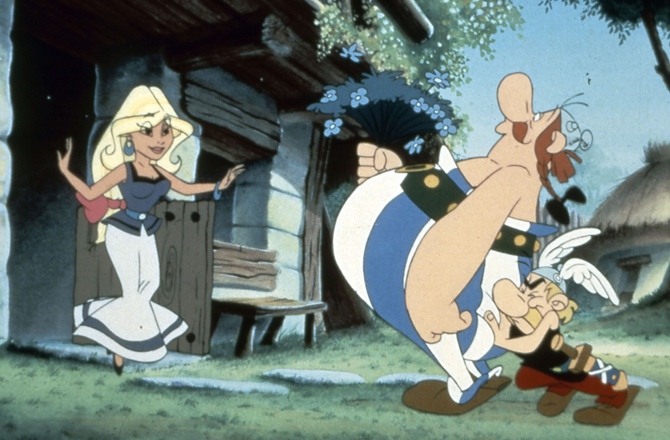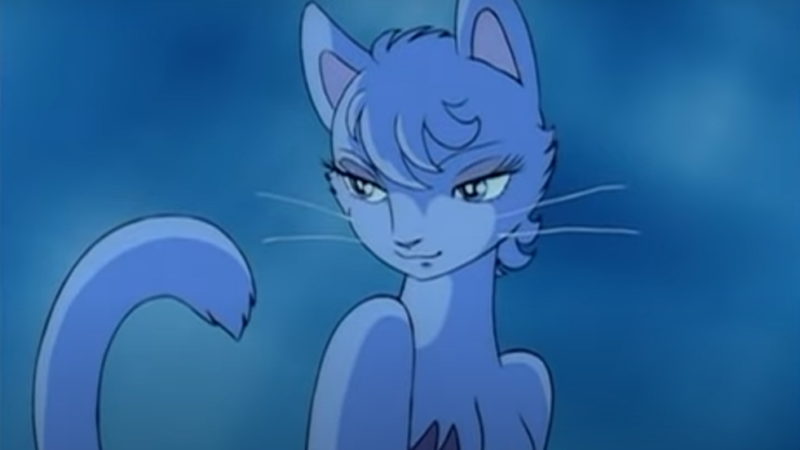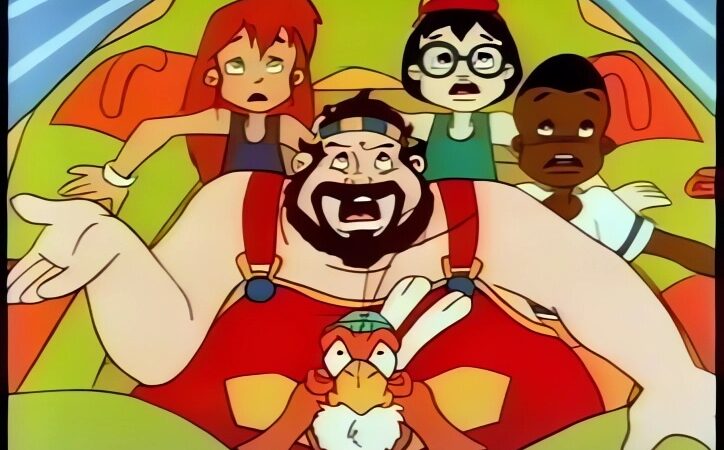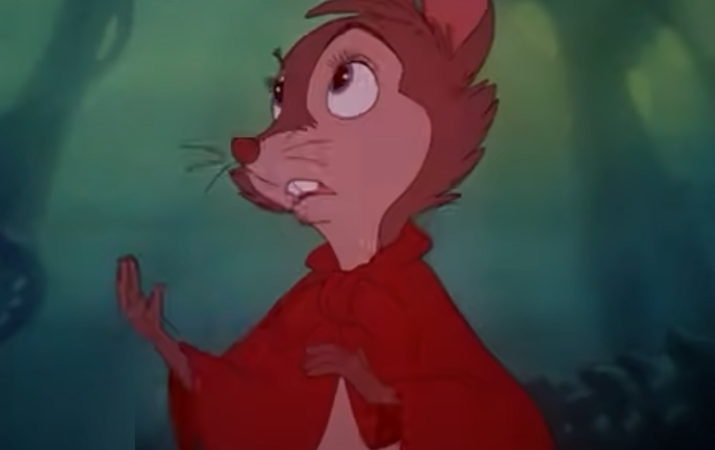My neighbor Totoro
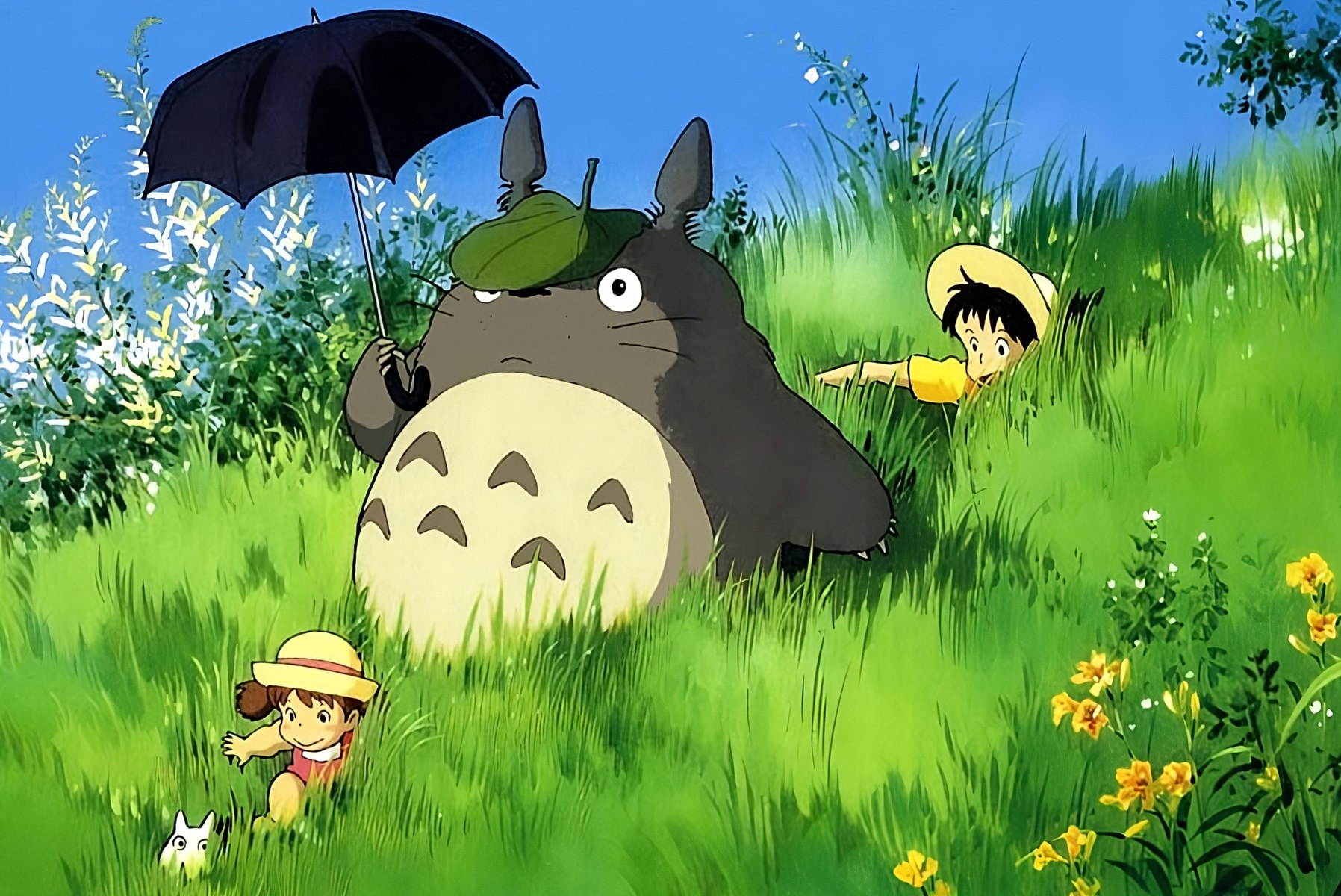
My neighbor Totoro (Japanese: となりのトトロ, Hepburn: Tonari no Totoro) is a 1988 Japanese animated film written and directed by Hayao Miyazaki and animated by Studio Ghibli for Tokuma Shoten. The film tells the story of Satsuki and Mei, the young daughters of a professor, and their interactions with friendly spirits in rural postwar Japan.
In Italy the film arrived on September 18, 2009, twenty-one years after the first Japanese screening.
The film explores themes such as animism, Shinto symbology, environmentalism and the joys of rural life; received worldwide critical acclaim and has amassed a worldwide cult following. My Neighbor Totoro grossed over $41 million worldwide at the box office as of September 2019 and approximately $277 million from home video sales and $1,142 billion from licensed product sales, for a total of approximately $1,46 billion .
My Neighbor Totoro has received numerous awards, including Animage Anime Grand Prix Award, Mainichi Film Award, and Kinema Junpo Award for Best Film in 1988. It also received the Special Award at the Blue Ribbon Awards in the same year. The film is regarded as one of the best animated films, ranking #41 in Empire magazine's "The 100 Best Films of World Cinema" in 2010, and the number one animated film in the Sight & Sound critics' poll of 2012. XNUMX on the best movies of all time. The film and its titular character have become cultural icons and have made numerous cameo appearances in a number of Studio Ghibli films and video games. Totoro is also Studio Ghibli's mascot and is recognized as one of the most popular characters in Japanese animation.
History

The little sisters Satsuke and Mei (11 years old, 4 the second) move with their father to a new house in the countryside, waiting for their mother to be discharged from the nearby hospital. For the two girls, a journey begins to discover a new world, inhabited by fantastic creatures: from the little ones of the dark, soot sprites who occupy the old abandoned houses, visible only to the eyes of children, to funny fur creatures of various sizes, including Totoro, a somewhat quaint-looking fluffy gray creature, sort of a cross between a bear and a big cat. Totoro is a good spirit of the forest, the one who brings wind, rain, growth. Seeing it is a privilege! Together with him, Satsuke and little Mei will experience extraordinary adventures.
The girls then wait for Tatsuo's bus, which is late. Mei falls asleep on Satsuki's back and Totoro appears next to them, allowing Satsuki to see him for the first time. Totoro only has a leaf on his head to protect himself from the rain, so Satsuki offers him the umbrella he got for his father. Overjoyed, he gives her a bundle of nuts and seeds in return.
A giant bus-shaped cat pulls up at the bus stop; Totoro boards and leaves just before Tatsuo's bus arrives. A few days after planting the seeds, the girls wake up at midnight to find Totoro and his fellow spirits engaged in a ceremonial dance around the planted seeds and unite, causing the seeds to grow into a massive tree. Totoro takes the girls for a ride on a magical flying top. In the morning the tree is gone but the seeds have sprouted.
Characters
Satsuke



Satsuke, eleven years old, is the older sister. In her mother's absence, she looks after little Mei and helps her father run the house.
Mei
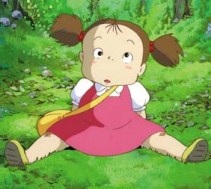


Mei is four years old and the youngest in the family. She is the first to meet the extraordinary creatures that inhabit the forest. And it is she who, by getting the name of a fairy tale character wrong, invents the name of Totoro.
Dad
Satsuke and Mei's dad is a scholar. He has an excellent relationship with the girls and is always ready to give them reassuring explanations about everything strange that happens in the new house.
Mum
Satsuke and Mei's mom is in the hospital. It's to be close to her that her little girls moved with their dad to her new home.
Granny
It is the neighbor's grandmother who, in the absence of her mother, helps Mei's family to keep the house in order.
Kanta
He is a neighbor, the same age as Satsuke. Kanta is shy and introverted, but he too is close to the two girls in his own way.
Catbus



It is Totoro's means of transport and allows you to reach the destination of your desires. It has twelve legs, which allow it to move very quickly, and is invisible to those unaware of its existence.
Production
After working at Marco - From the Apennines to the Andes (3000 Miles in Search of a Mother), Miyazaki wanted to make a “delightful and wonderful film” set in Japan with the idea of “entertaining and touching its viewers, but staying with them long after they leave theaters”. Initially, Miyazaki starred Totoro, Mei, Tatsuo, Kanta and Totoros as "serene and carefree creatures" who were "supposedly the guardian of the forest, but this is only half an idea, a rough approximation".
Art director Kazuo Oga was drawn to the film when Hayao Miyazaki showed him an original image of Totoro standing on a satoyama. Miyazaki challenged Oga to raise his standards, and Oga's experience with My Neighbor Totoro jumpstarted Oga's career. Oga and Miyazaki discussed the film's color palette; Oga wanted to paint the black earth of Akita Prefecture and Miyazaki preferred the red earth color of the Kantō region. The finished film was described by Studio Ghibli producer Toshio Suzuki; “It was nature painted in translucent colours”.
Oga's work on My Neighbor Totoro led to his continued involvement with Studio Ghibli, who awarded him work that would play to his strengths, and Oga's style became a signature style of Studio Ghibli.
Only a young girl, rather than two sisters, is depicted in many of Miyazaki's early conceptual watercolors, as well as on the theatrical release poster and subsequent home-video releases. According to Miyazaki; “If she were a little girl playing in the garden, she wouldn't meet her father at the bus stop, so we had to think of two girls. And it was difficult.” Miyazaki said that the film's opening sequence was not storyboarded; “The sequence was determined through permutations and combinations determined by time sheets. Each element was made individually and combined into the time sheets…” The final sequence describes the mother's return home and the signs of her returning to good health by playing with Satsuki and Mei outside her.
Miyazaki said that the story was originally meant to be set in 1955, however, the team didn't delve into the research and instead worked on a setting "in the recent past." The film was originally intended to be an hour long, but grew to respond to social context during production, including the reason for the move and the father's occupation. Eight animators worked on the film, which took eight months to complete.
Tetsuya Endo noted that a number of animation techniques were used in the film. For example, the ripples were designed with “two-color highlighting and shading” and the rain for My Neighbor Totoro was “scratched into the cels” and layered over to convey a soft feel. The animators said it took a month to create the tadpoles, which included four colors; even the water was blurry.
Technical data
Original title My Neighbor Totoro
Tonari in Totoro
Original language Japanese
Country of Production Japan
Year 1988
Duration 86 min
Gender animation, great
Regia Hayao Miyazaki
Subject Hayao Miyazaki, Kubo Tsugiko
Film script Hayao Miyazaki
Producer Toru Hara
Executive producer Yasuyoshi Tokuma
Production house Studio Ghibli
Distribution in Italian Lucky red
Editor Takeshi Seyama
Special effects Kaoru Tanifuji
Music Joe hisaishi
scenography Kazuo oga
character design Hayao Miyazaki
Entertainers Yoshiharu Sato
Wallpapers Junko Ina, Hidetoshi Kaneko, Shinji Kimura, Tsuyoshi Matsumuro, Hajime Matsuoka, Yuko Matsuura, Toshio Nozaki, Kiyomi Ota, Nobuhiro Otsuka, Makoto Shiraishi, Kiyoko Sugawara, Yôji Takeshige, Keiko Tamura, Sadahiko Tanaka, Akira Yamagawa, Masaki Yoshizaki
Original voice actors
Noriko Hidaka: Satsuki
Chika SakamotoMei
Shigesato Itoi as Tatsuo Kusakabe
Sumi Shimamoto as Yasuko Kusakabe
Hitoshi TakagiTotoro
Tanie Kitabayashi: Granny
Yūko Maruyama as Kanta
Italian voice actors
Letizia Ciampa as Satsuki
Lilian CaputoMei
Oreste Baldini as Tatsuo Kusakabe
Roberta Pellini as Yasuko Kusakabe
Vittorio Amandola: Totoro
Liu Bosisio: Granny
George Castiglia: Kanta
Source: https://en.wikipedia.org/wiki/My_Neighbor_Totoro




